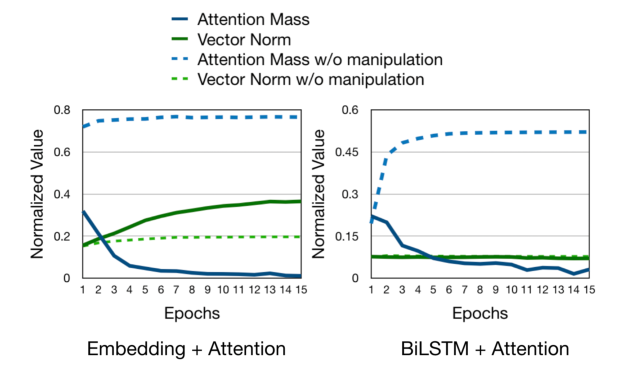Neural Data-to-Text Generation via Jointly Learning the Segmentation and Correspondence
Xiaoyu Shen, Ernie Chang, Hui Su, Cheng Niu, Dietrich Klakow
Generation Long Paper
Session 12B: Jul 8
(09:00-10:00 GMT)

Session 13A: Jul 8
(12:00-13:00 GMT)

Abstract:
The neural attention model has achieved great success in data-to-text generation tasks. Though usually excelling at producing fluent text, it suffers from the problem of information missing, repetition and ``hallucination''. Due to the black-box nature of the neural attention architecture, avoiding these problems in a systematic way is non-trivial. To address this concern, we propose to explicitly segment target text into fragment units and align them with their data correspondences. The segmentation and correspondence are jointly learned as latent variables without any human annotations. We further impose a soft statistical constraint to regularize the segmental granularity. The resulting architecture maintains the same expressive power as neural attention models, while being able to generate fully interpretable outputs with several times less computational cost. On both E2E and WebNLG benchmarks, we show the proposed model consistently outperforms its neural attention counterparts.
You can open the
pre-recorded video
in a separate window.
NOTE: The SlidesLive video may display a random order of the authors.
The correct author list is shown at the top of this webpage.
Similar Papers
Learning to Deceive with Attention-Based Explanations
Danish Pruthi, Mansi Gupta, Bhuwan Dhingra, Graham Neubig, Zachary C. Lipton,

Human Attention Maps for Text Classification: Do Humans and Neural Networks Focus on the Same Words?
Cansu Sen, Thomas Hartvigsen, Biao Yin, Xiangnan Kong, Elke Rundensteiner,


